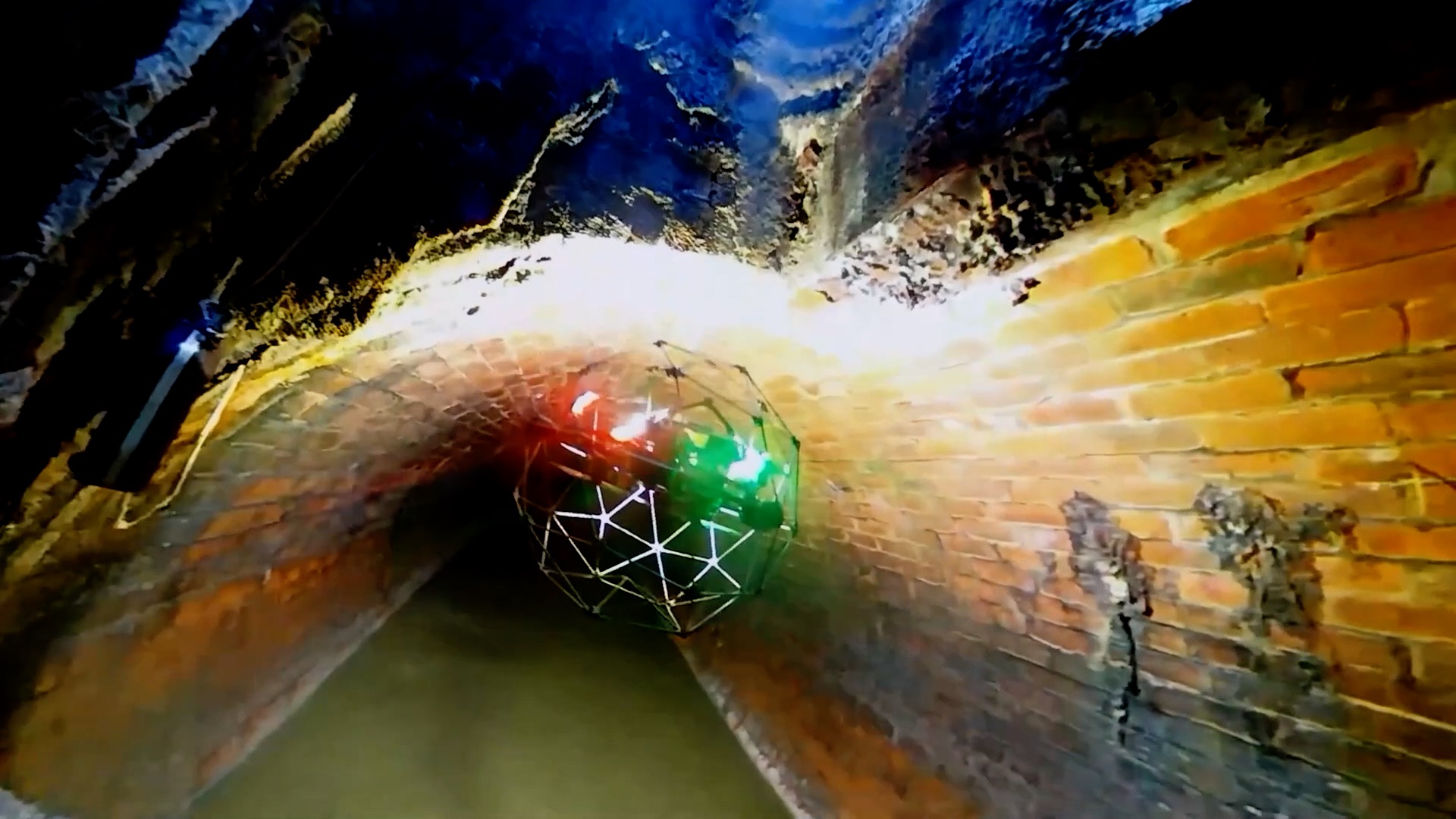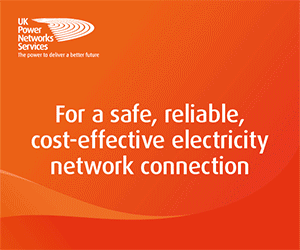Scottish Water is working with drones to properly evaluate the issue of its infrastructure and make crucial selections about investment decision in maintenance or rehabilitation do the job.
Classic teams of up to 15 workers can be changed with just two operatives applying drone and Light-weight Detection and Ranging (LiDAR) scanning and measurement strategies.

The bespoke drones fly into sewers efficiently replacing employees in difficult and hazardous underground disorders though the more precise surveys will reduce the cost of repairs and upkeep.
Several of the sewers, some courting back again to the Victorian period, have beforehand been complicated to obtain but a lot much more of the network is now reachable adhering to the collaboration involving Scottish Water, its alliance partner Caledonia Drinking water Alliance (CWA), civil engineering trenchless specialist Environmental Procedures and drone producer Superior Friday Robotics.
The adapted engineering was employed together for the first time on a huge brick sewer in Bathtub Avenue in Glasgow metropolis centre and is set to be rolled out and utilised at other places in Glasgow, Edinburgh, Aberdeen and some rural regions.

LiDAR is a laser scanning software that steps distances and the associated computer software creates an correct computerised 3D position subject output which can be seen on-display. The drone carries the LiDAR and digicam onboard as it flies inside of the pipe.
A employee controls or pilots the drone as it flies together the pipe and utilizes video clip for visual inspection and LiDAR for measurement. The outputs are then manually reviewed by operators to spot and code the problems.
The drones ended up adapted especially for sewers and are manufactured of carbon fibre to minimize their excess weight and lengthen battery existence.

Iain Jones, Chance and Lifetime Cycle Scheduling Manager at Scottish Drinking water, mentioned: “This is the to start with time we’ve used drones tailored for sewers and LiDAR jointly for sewer surveys and we are definitely thrilled about it.
“We want to make improvements to the precision of our surveys and, for basic safety good reasons, we want to reduce the range of personnel needed to have out study work inside sewers. The drone does both equally and they will also aid us in our intention to arrive at internet zero carbon emissions by 2040.
“Factors these as depth, flows and debris can appreciably sluggish down a employee entry survey in a way that does not impact the drones.
“Because of the reduction in the range of personnel concerned, a big variety of internet site vans and vehicle deliveries are not expected and so carbon emissions are lessened.”




